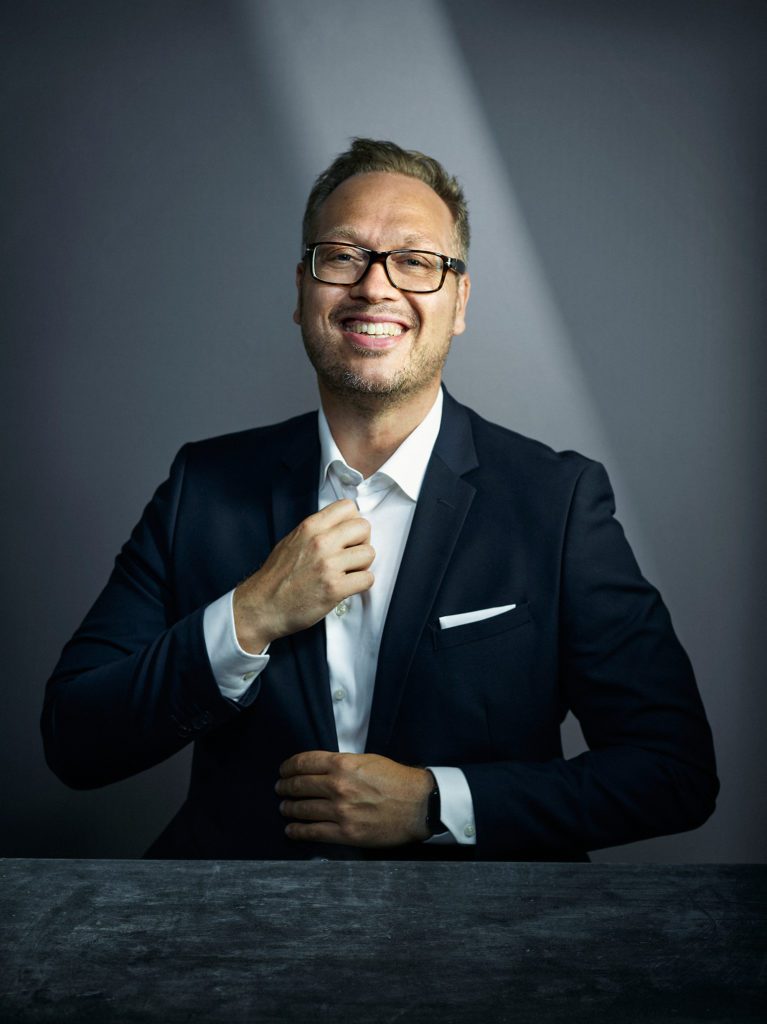Interview on digital tools with Erasmus Holm, Chief Marketing Officer, MSD Nordics & Baltics
“Move fast and break things! Learn from your loss-making change efforts & innovations” is the advice that Erasmus Holm, Chief Marketing Officer for Nordics & Baltics, at pharma company MSD, will deliver during his eponymous presentation on digital tools during the Customer Engagement Europe 2022 Event, on 24th May 2022.
SciencePOD had the opportunity to speak with Erasmus in advance of his presentation where he shares his views on what marketing is becoming. The event, organised by Reuters Events Pharma, will run from 24–25th May 2022 at the Hilton London Tower Bridge and will provide a forum and networking opportunity for marketing, commercial and medical affairs leaders to discuss how best to engage with audiences of healthcare professionals and patients.
We tend to focus on toolsets and skillsets, but we often forget the mindset.”
-Erasmus Holm
Could you tell us about the focus of your talk at the event?
The talk will focus on transformation. In the pharma industry, we have undergone a transformation, but this has mostly focused on the digital part of our digital transformation. It’s fine to engage with digital technologies and adopt new approaches, but if you haven’t changed people’s mindset and behaviours, then the outcomes may not be optimal.
That’s what I see across the industry right now. We have started down a transformative path, but we have not always managed this transformative change appropriately. In many instances, companies have a huge sales force that still may not even have begun to make the digital changes required to meet the demands of modern marketing, and they may be struggling to find the right balance.
I will also be talking about getting the fundamentals right. When you have a good foundation, then you can achieve real innovation moving forward in terms of digital transformation and otherwise. If you don’t have the basics right, then you should be more cautious in terms of moving forward.
What was the most important change toward customer-centricity in your digital marketing activities this year?
First, I think we need to stop calling it “digital” marketing. I have never heard the word “digital” so much since I started in pharma three and a half years ago. We should aim for the experience to be natural for the customer. This means that our offerings do not necessarily need to be digital. I think that we are overly focused on digital offerings, rather than focusing on our aims and using various tools, including digital tools, to achieve them. We need to achieve the best harmony between various techniques to be most effective.
The biggest change at MSD Nordics has been to examine all our initiatives together. This includes aspects of the customer experience and the agile methodology we implemented a couple of years ago. That has been the most important change – it involves not just focusing on one technique, and assuming that digital offerings will achieve all your objectives for you. Real customer centricity comes from examining all the things that we have put in place and getting them to work together.
Could you give us an example of a successful customer-centric campaign around digital tools you would like to share?
Yes, we ran a successful HPV vaccine campaign that was targeted at raising young people’s awareness of genital warts. If you receive the vaccine, it could potentially protect you from the virus and you may be less likely to develop genital warts. We ran a campaign that involved placing posters in bathrooms that showed genital warts. We were able to gauge the reaction of young people who saw the posters. The campaign was also present on different channels, including Tinder and Instagram. The campaign had an obvious impact, as people tagged each other and the content used humour, provoking increasing engagement. The campaign increased awareness around genital warts and hopefully also spurred some thought around what people can do to protect themselves.

What are the best technologies to help you keep track of the impact of your campaigns?
If we look at impact, then I guess that at some point we would like to be able to measure return on investment, but that is still the holy grail, and not easily measured. In some countries, it may be a little easier, as you can look at prescription levels on an individual patient basis, but generally GDPR laws make this impossible for good reasons. For certain products, however, such as vaccines, you can observe correlations between social media campaigns and sales on the private market.
What other best practices can you recommend to digital marketers in the industry?
In my experience, we are all agents of change. Forget the “digital” aspect of your job title. We are all storytellers. I would say that people shouldn’t have the attitude that their role is narrow and specific and only focused on one aspect of marketing. Instead, it is better to see your role as a more holistic one. Marketers need to orchestrate a change in thinking, and this includes digital aspects and transformational aspects. You will never just be initiating digital campaigns or introducing a new channel or two. Even specialists, such as social media specialists, need to understand that it is important to spend time transforming the mindset of the people around you. We tend to focus on digital tools and skillsets, but we often forget the mindset.
Photo: Courtesy of Erasmus Holm

